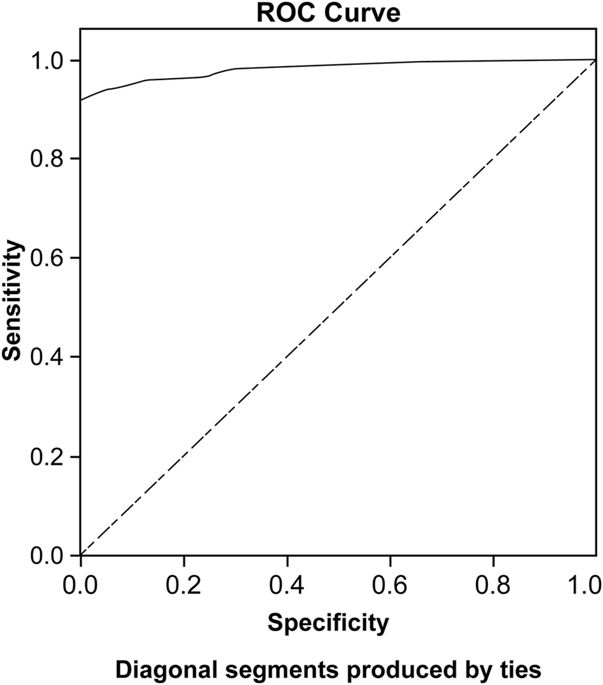BDJ Open Pub Date : 2018-04-06 , DOI: 10.1038/bdjopen.2018.2 Mauricio Duarte da Conceicao 1 , Fernanda Salgueiredo Giudice 2 , Lucas de Francisco Carvalho 1

|
Objectives:
Individuals who complain of halitosis experience psychological consequences that can lead to social, professional, and affective limitations. Research has identified social anxiety disorder (SAD) as the most common psychopathology associated to halitosis complaints. Combining these two lines of research, we sought to determine the validity of the Halitosis Consequences Inventory (ICH), a scale designed to assess the psychological consequences of halitosis complaints. We also investigated the relationship between these consequences and SAD.
Materials and methods:
Participants were 436 individuals, including those with and without halitosis complaints (n=411 and n=25, respectively). Measures administered were the ICH, Social Phobia Inventory and its shortened version, the Liebowitz Social Anxiety Scale, Social Avoidance and Distress Scale, and Fear of Negative Evaluation scale.
Results:
The ICH had adequate internal consistency (α=0.93) and could accurately discriminate between participants with and without halitosis complaints. Furthermore, individuals with high scores on the ICH were more likely to have SAD.
Conclusions:
The ICH is an important tool for determining the aversive halitosis consequences, allowing to identify, with some degree of accuracy, individuals who might require screening for SAD. Besides, there´s a linear relationship between the presence of halitosis consequences and SAD.
中文翻译:

口臭后果清单:心理测量学特性和与社交焦虑症的关系
目标:
抱怨口臭的人会经历心理后果,这些后果可能导致社交、职业和情感限制。研究已将社交焦虑症 (SAD) 确定为与口臭相关的最常见的精神病理学。结合这两条研究线,我们试图确定口臭后果量表 (ICH) 的有效性,该量表旨在评估口臭投诉的心理后果。我们还调查了这些后果与 SAD 之间的关系。
材料和方法:
参与者为 436 人,包括有和没有口臭投诉的人(分别为n = 411 和n = 25)。管理的措施是 ICH、社交恐惧症量表及其缩短版、Liebowitz 社交焦虑量表、社交回避和痛苦量表以及对负面评价的恐惧量表。
结果:
ICH 具有足够的内部一致性(α = 0.93),可以准确地区分有和没有口臭投诉的参与者。此外,ICH 得分高的个体更有可能患有 SAD。
结论:
ICH 是确定厌恶性口臭后果的重要工具,可以在一定程度上准确识别可能需要筛查 SAD 的个体。此外,口臭后果的存在与 SAD 之间存在线性关系。



























 京公网安备 11010802027423号
京公网安备 11010802027423号